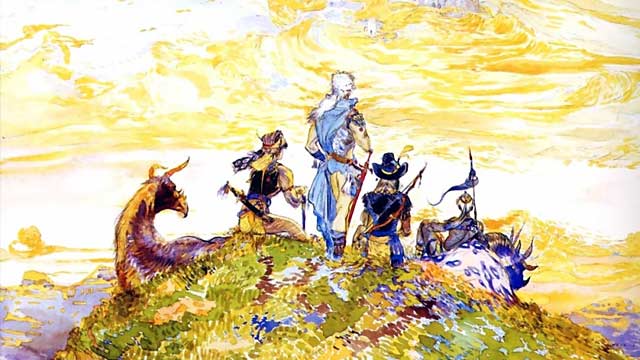
Developers often look to the world’s mythologies for inspiration; sometimes this results in games like Okami, God of War, or Too Human, where the mythology is the foundation of the game and its influence can be felt throughout the entire experience. Other times, the stories are picked apart and all the cool bits extracted and then thrown in to fill up the character and enemy rosters. Coming up with original ideas can be hard, and ripping off other people is bad, but nobody can complain when you take people, places and things from these ancient sources. Believe it or not, but all those centuries-old stories are in the public domain.
Plenty of games are guilty of casting ye olde gods, demons, monsters, and heroes, but RPGs are the most frequent offenders. These characters make their rounds like character actors in the various Law and Order series; the roles are different but the niche they fill is rarely changed. Some series, like Final Fantasy, aren’t afraid to keep bringing the same characters back time and again without hesitation. Look at Odin; who is he to you? The king of the Norse pantheon, or that dude on the awesome horse who shows up to occasionally land an instant kill on all your foes? If you chose the first selection then you are probably a viking and need to stop reading to get back to your pillaging, but most of you probably went with the later answer and probably couldn’t survive the Ragnarok if you life depended on it… which it does.
So sit up straight and pay attention lest you want to risk the wrath of these overused beasts and deities.
The Supporting Players
Over the course of all the Dragon Quests and Final Fantasies you have played through, how many imps, fairies, dragons and goblins have you killed? All these guys came from somewhere, and it certainly wasn’t from the mind of Hironobu Sakaguchi. The truth of the matter is that these creatures who often stand in the way as minor speed bumps and fodder for grinding exist in various forms throughout constant mythologies around the world. Of course, as we see them in video games, they most often take their form from European mythologies, which might seem kind of odd given the Japanese origins of these games. The reason for this is actually quite simple; these timeless series are very much rooted in the granddaddy of all RPGs, Dungeons and Dragons, which takes most of its inspiration from European lore and served as the primary catalyst for early video game RPGs, Western and Eastern alike.
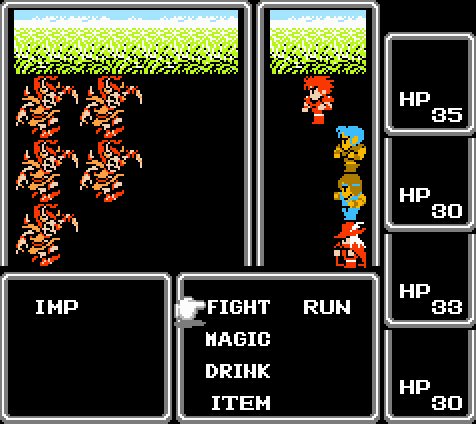
Grind away young Heroes of Light!
Here we are about 40 years into this little experiment we call video games and it is actually quite hard to fault developers for falling back on these familiar hordes of easily beaten baddies. Various forms of robots and a few clever and unexpected creations (look at Earthbound) show up fairly frequently, but when you are creating a game with any roots in traditional fantasy lore, it becomes hard to think of anything else. Laying waste to these weaklings is par for the genre; they are pretty much inescapable in all the world’s mythologies, so I guess it is almost appropriate that they are just as prevalent in gaming.
The Dynamic Dragon Duo
Two commonly recurring creatures throughout the Final Fantasy series are the dragons Tiamat and Bahamut. Tiamat is most often featured as a powerful foe while Bahamut is most often one of the most powerful summons who you occasionally must do battle with to obtain. These portrayals offer a glimpse of their mythological origins but come much closer to their role in D&D.
Tiamat comes from Babylonian mythology, in which she is a sea serpent/dragon/goddess who creates gods who end up destroying her and using her body to create the world and heavens. In D&D she is the queen of evil dragons, the opposite of the king of the good dragons who is, you guessed it, Bahamut.
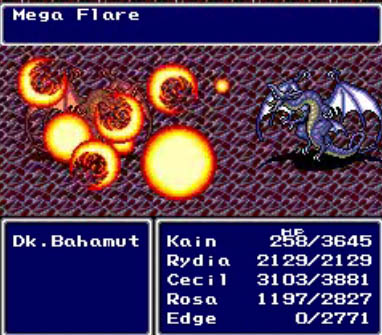
This wouldn’t be nearly as awesome if he were a fish
Bahamut’s origins are found in Arabic mythology, though he is less of a dragon and more of a really, really big fish being rode by a really big bull who is being ridden by a big angel who holds all the heavens, earths and hells. In other words, Atlas has no right to complain about having to hold the world, because his job is a cakewalk compared to this poor fish.
All Those Other Summons
While most of the little guys are your generic little beasties from the world’s many mythos, Square Enix primarily saved the big gods and monsters for the summons. Some of these characters recur throughout Final Fantasy while others only show up once or twice given the fact that there are generally only a handful of summons in each game. And then there is Final Fantasy VI, which features the Espers, a race of powerful creatures you equip to teach you magic and summon, and there were a bunch of them!
Let’s take a gander at a few.
- Shiva – she appears in most of the games as the ubiquitous ice summon and usually takes the form of a scantly clad blue lady who would be hot if she weren’t so cold. This depiction is quite odd considering the fact she originated as a Hindu god of destruction. That’s right, a god, so Shiva is really a dude.
- Quetzalli – Hailing from several mythologies from Central America, this god, better known as Quetzalcoatl, has made a few appearances outside of FFVI, and while the element of his attack and specifics of his appearance have changed, he has always been some sort of bird. This is partially accurate, but originally he was actually a feathered serpent and was probably best known for his role in Aztec mythology as a major god who liked human sacrifice and introduced the world to corn, thus making him one of the greatest gods ever!
- Ragnarok – The great battle at the end of days between the good and evil gods of Norse mythology somehow got turned into a sword while on its way to the world of Final Fantasy.
- Fenrir – One of the bad guys to fight in the Ragnarok, Fenrir is a ferocious wolf who manages to eat the aforementioned Odin. They actually got Fenrir right in his multiple Final Fantasy appearances: he is always a wolf, though he never eats anybody… not even Odin.
- Raiden – What started as a Shinto lightning God eventually became a popular Mortal Kombat character, had a turn in Final Fantasy, and ultimately ended up doing naked cartwheels as a poor Solid Snake replacement. Quite strangely, this Japanese god is a powered up version of Odin in FF VI.
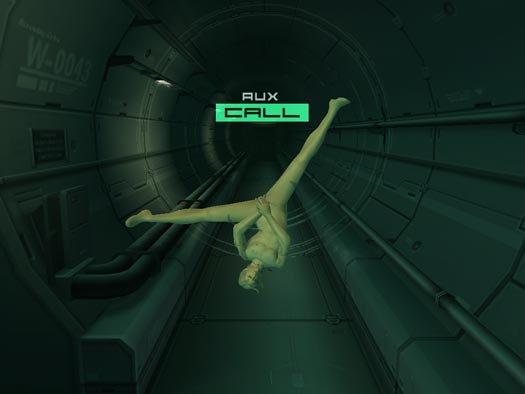
Worst (Best?) summon ever
- Gilgamesh – In FF VIII Gilgamesh also served as an Odin replacement, though he has had a variety of Final Fantasy appearances serving many different roles, such as a major villain, summon, extra boss fight, or just ancillary character. Regardless of his role, he almost always shows up as a powerful warrior who collects powerful weapons and has anywhere from two to six arms. In reality, Gilgamesh was an actual Sumerian king, but in mythology he is the hero of The Epic of Gilgamesh, one of the world’s oldest works of literature.
- Cactuar – This giant, needle shooting cactus who always appears in almost everything ever to be associated with Final Fantasy, and actually has no mythological origins, but he is just too awesome not to mention. Somebody really should start a religion around this guy!
I could go on, but there is definitely one other matter that needs to be brought up.
…And then there is Shin Megami Tensei
While most RPGs grab a few mythological beings here and there and then reshape them to fit their world, Atlus’s Shin Megami Tensei franchise simply grabs every god and creature they can find and throws them in their games, usually with artwork faithful to the myths but very little context whatsoever. The main games, and a few of the spin-offs, feature dimensional rifts to demonic dimensions that open up and create havoc while the recent Persona games feature the creatures more like equipment that change the main character’s stats and abilities. To be fair, Persona 4 for PS2 was heavily rooted in the Japanese myth of Izanagi and Izanami, but that does little to explain what Ganesha, Ares, and several dozen other gods were doing there.
And did I mention that angels in the series are almost always shown wearing bondage gear? I’m not sure to which religion that is canon, but I wouldn’t mind receiving a brochure.

Best (Worst?) religion ever
The series covers a fairly wide array of gameplay styles, but battling and collecting the various deities like they were Pokémon is common throughout most entries. All things considered, this could have been done for a bit of shock value. After all, I doubt many Christian parents would want their kids employing Satan and an army of bondage angels to save or enslave the world. Then again, the series has only really caught on outside of Japan in the last few years, so it is just as likely that the developers thought this would be a fascinating concept, kind of how like many Westerners take a keen interest in Eastern philosophy and religion without ever planning to completely embrace it. Regardless of the reasons for this choice, it definitely made filling out the monster roster a lot easier and gives that whole “gotta catch em all” concept a satisfying little edge.
The Moral of the Story is…
Myths are a fascinating product of human culture. They can be an interesting diversion to some but a matter of serious contemplation and source of meaning to others. We can read ancient mythologies with the scholarly interest of an anthropologist, but we must also remember that people once paid tribute to Zeus with the same zealotry you might give Jesus, Allah, Krishna, or even L. Ron Hubbard. Always remember, one man’s religion is another man’s myth.
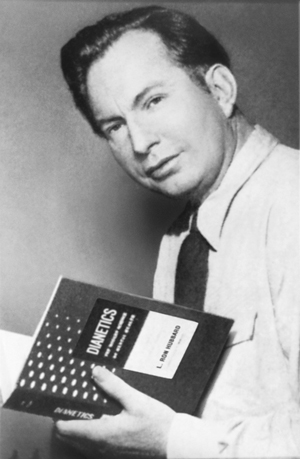
The leading candidate for Final Fantasy’s next summon
Regardless of where you stand with your personal myths, one thing remains true – they make for great video game inspirations. Myths stand the test of time because they feature events and characters that resonate with people or at the very least prove very interesting. In other words, they make for dramatic stories, relatable heroes, and despicable villains. All these features help make a game great, especially RPGs, where the story and characters can make or break the whole experience. Furthermore, these games help keep their source material alive: I wouldn’t have known any of the stuff I was able to contribute to this article had my interest not been piqued years back by these very games. Yes, the games are taking and changing classic myths, but that is how myths have always worked, passed on from generation to generation, constantly changing bit by bit with every new interpretation.
Maybe in the centuries to come game makers will look back on these games we know and love, and then greedily take every idea they can from them.




 ShareThis
ShareThis







Yeah, what’s up with angels in bondage gear? Is it because they’re fallen angels in Shin Megami Tensei? … I mean, they’re demons, right?